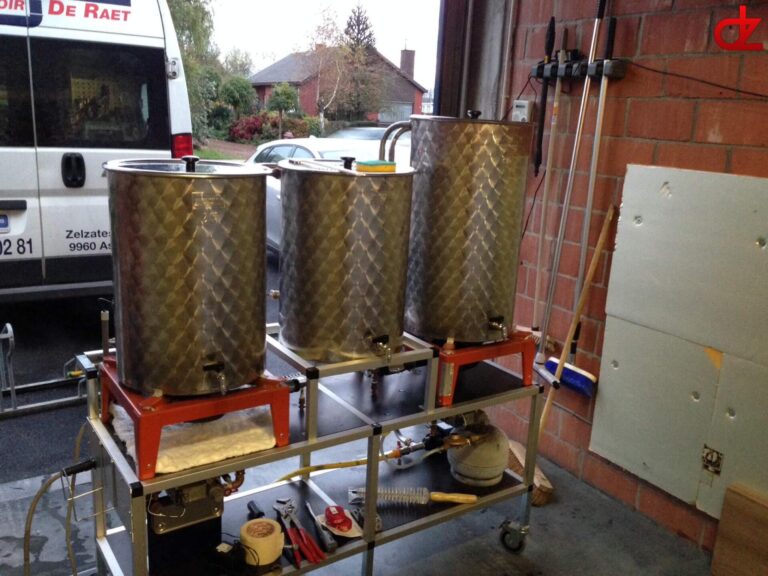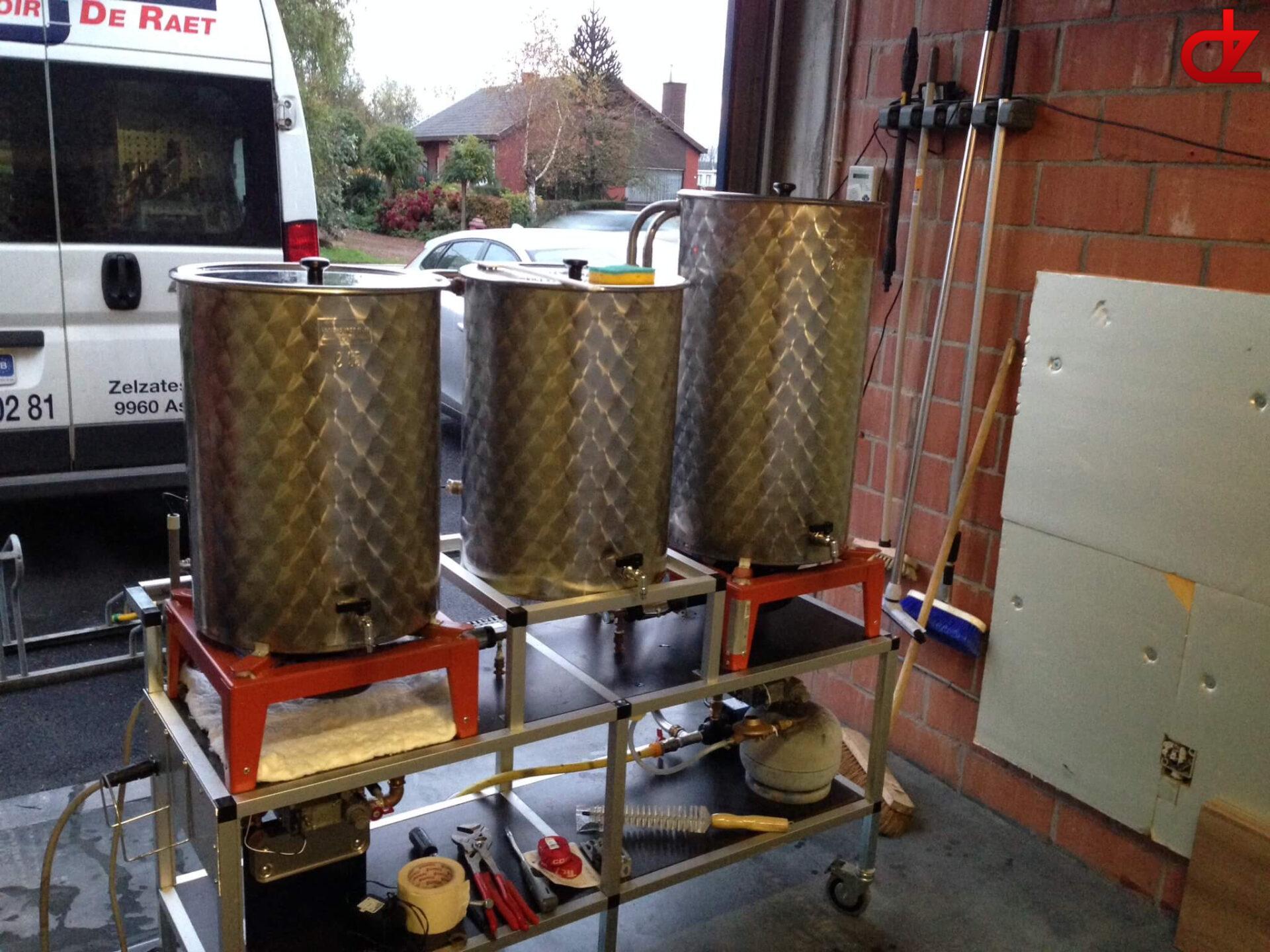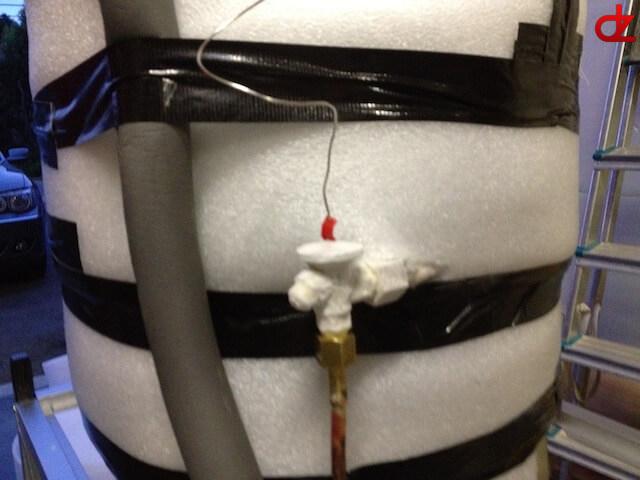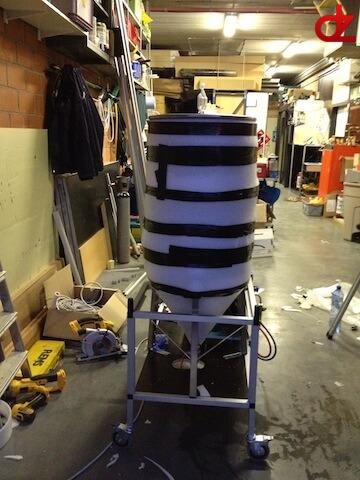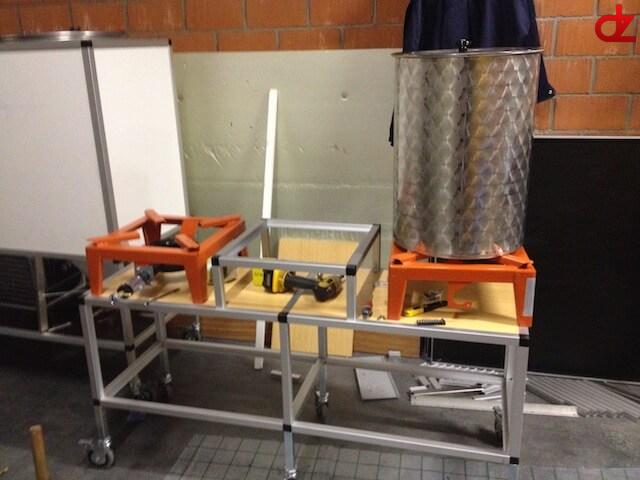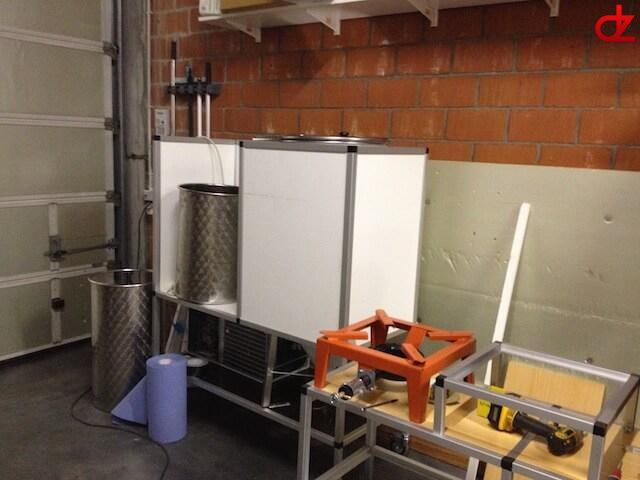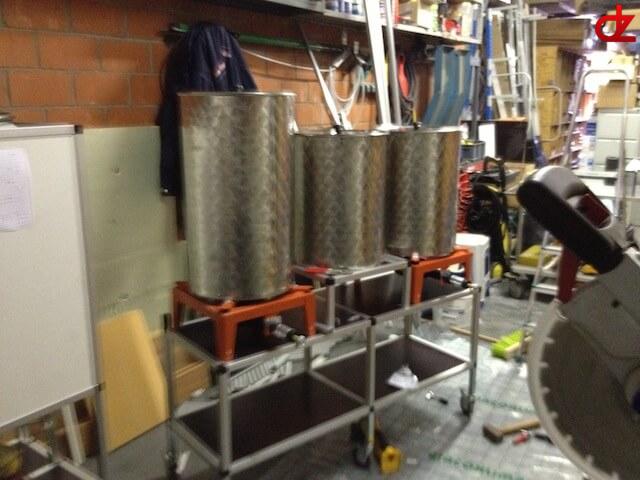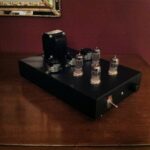Introduction
HERMS stands for Heat Exchanged Recirculating Mash System.
The biggest project to date that I’ve designed & build with my father.
We are both fond of home brewing and to take up to the next level, we’ve created a HERMS installation that would allow us to make beer in larger quantities in a better and more controlled environment.
This system allows us to work with 3 tanks that can work independent of each other.
Article
The set up is simple:
- Water boiler
- Mash tun
- Boil kettle
- Fermentation tank
How does it work?
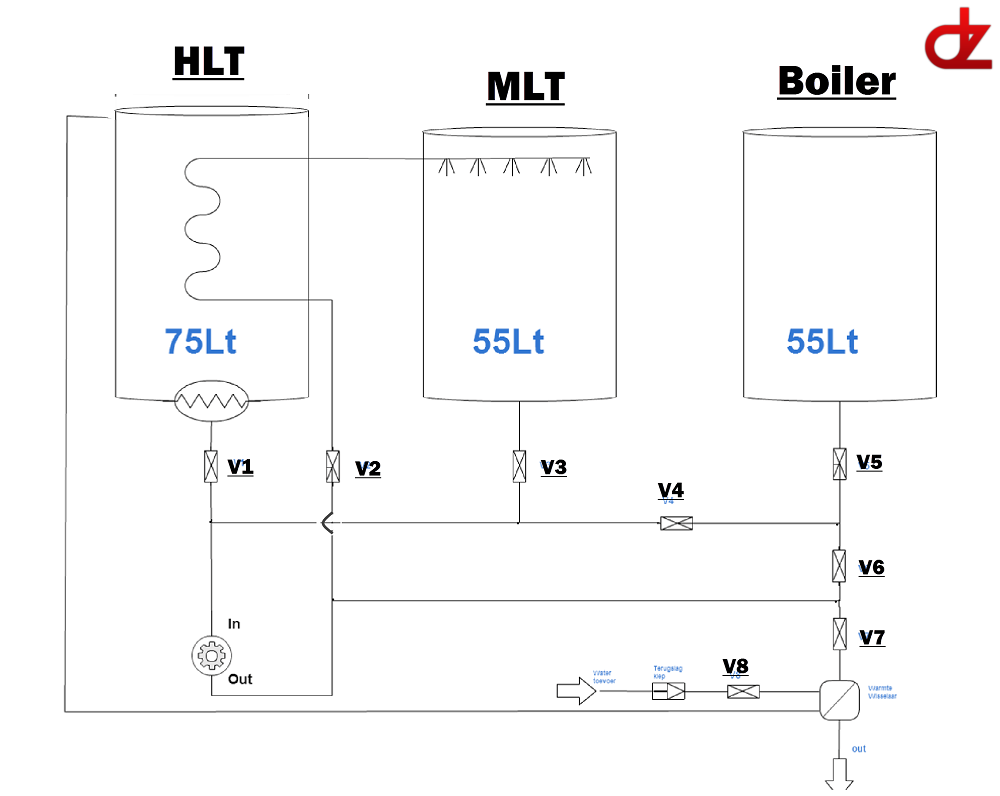
The water boiler:
The water boiler is a simple boiler that has a gas burner, in this system we have our heat exchanger which is a simple curled up copper tube wherein the wort flows that comes from our mash tun.
The mash tun:
During our mashing process we circulate the water in what you could compare a simple coffee filter or sand filter, water runs down on the grain bill and seeps through extracting the sugars. Then it recirculates through our heat exchanger located in the water boiler preventing the wort from burning in the kettle.
The other positive side effect you also get from this way of working is that the wort is more clearer then other conventional systems.
The mashing process has different stages of heating. We mainly use 5 stages with their respective pause at each stage.
The boil kettle:
The boil kettle has a gas burner beneath to cook the wort so we can have the last stage of disinfection and the bonding of our proteins with tannin’s.
You will also add your hops and herbs to the brew for it’s distinct bitterness & taste. We cook for around 120 minutes.
Fermentation tank:
Last but not least we have a cylindrical conic fermentation/ lagering tank. in this tank the yeast drops to the bottom, but is caught by the conical shape of the tank. From there it’s becoming a nice tight layer that contains the yeast and preventing it from rising again in the tank. This adds a bonus function that the lagering can take place in the same tank. We can easily tap the yeast from the tank, without the need of pumping it all over in a new one, or we can simply let it sit at the bottom for the whole duration of the lagering process.
For reaching the desired temperatures we have installed a cooling and heating belt to the system.

